Literacy is more than reading and writing; it encompasses comprehension, fluency, critical thinking, and the ability to navigate multimodal texts in today’s digital world.
Stages of Literacy Development in Middle Years
Literacy development in the middle years is a continuous and dynamic process as students transition from learning to read to reading to learn. Cognitive, linguistic, and social factors shape their literacy growth, requiring instruction that fosters comprehension, critical thinking, and engagement with complex texts across subjects.
Transitioning from Learning to Read to Reading to Learn
In the middle years, students shift from decoding words to using reading as a tool for learning across disciplines. They must develop reading stamina, content-area literacy, and metacognitive skills to navigate increasingly complex texts. Strategies like reciprocal teaching, which engages students in predicting, questioning, clarifying, and summarizing, support this transition by fostering deeper comprehension and independent learning.
Development of Inferential and Critical Thinking Skills
Beyond literal comprehension, students must engage with texts through inference, synthesis, and evaluation. This includes recognizing implied meaning, analyzing cause-and-effect relationships, and questioning bias in sources. Instructional approaches such as think-alouds and Socratic seminars help students develop critical literacy by guiding them to question assumptions and engage in meaningful discussions.
Expanding Vocabulary and Comprehension Strategies
As texts become more complex, vocabulary acquisition plays a key role in comprehension. Students encounter academic and subject-specific vocabulary, as well as figurative language, which requires explicit instruction. Strategies like morphological analysis, semantic mapping, and close reading help students make connections between words and deepen their understanding of texts. Tools such as the Frayer Model provide structured ways to build and apply new vocabulary.
Middle-years literacy instruction must be strategic, scaffolded, and student-centered to support students in becoming confident readers, critical thinkers, and engaged learners. By embedding research-based strategies, educators can help students navigate the shift to reading for meaning, preparing them for lifelong literacy success.
Reading Fluency & Comprehension
Fluency is essential for comprehension, as it allows readers to process text smoothly and focus on meaning. Fluent reading consists of accuracy, automaticity, and prosody, all of which contribute to a reader’s ability to understand and engage with a text. To support fluency development, teachers can implement guided oral reading practices, where students receive feedback while reading aloud, as well as partner and choral reading, which build confidence and rhythm. Additionally, using questioning techniques before, during, and after reading helps enhance comprehension by encouraging students to think critically about the text and make meaningful connections.
Evidence-Based Frameworks
Understanding literacy through research-backed models helps teachers implement effective instruction by providing a structured approach to reading and writing development. Scarborough’s Reading Rope illustrates the complexity of skilled reading by showing how word recognition and language comprehension intertwine, while The Writing Rope extends this concept to writing by emphasizing the interconnected skills necessary for written expression, including transcription, text structure, syntax, and writing craft. The Simple View of Reading highlights the balance between decoding and language comprehension, reinforcing that both are essential for reading proficiency. Additionally, The Gradual Release of Responsibility Model guides educators in scaffolding instruction by moving from explicit teaching to guided practice and independent application, ensuring students develop confidence and competence as both readers and writers.
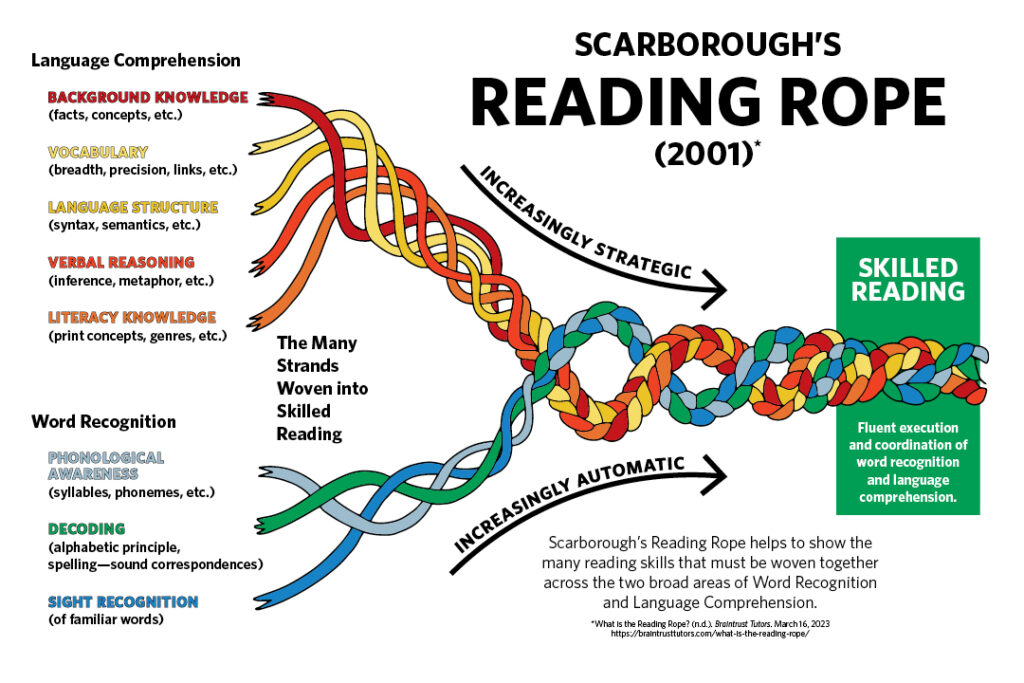
The Writing Rope
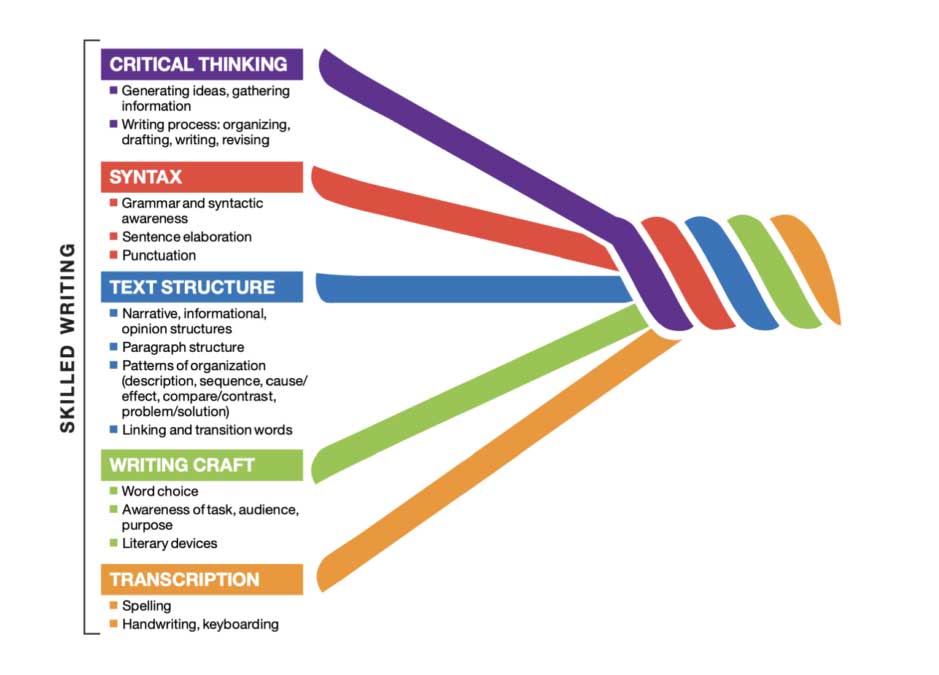
Anzalying & Evaluating the Reading Models Podcast
Application to Classroom Practice
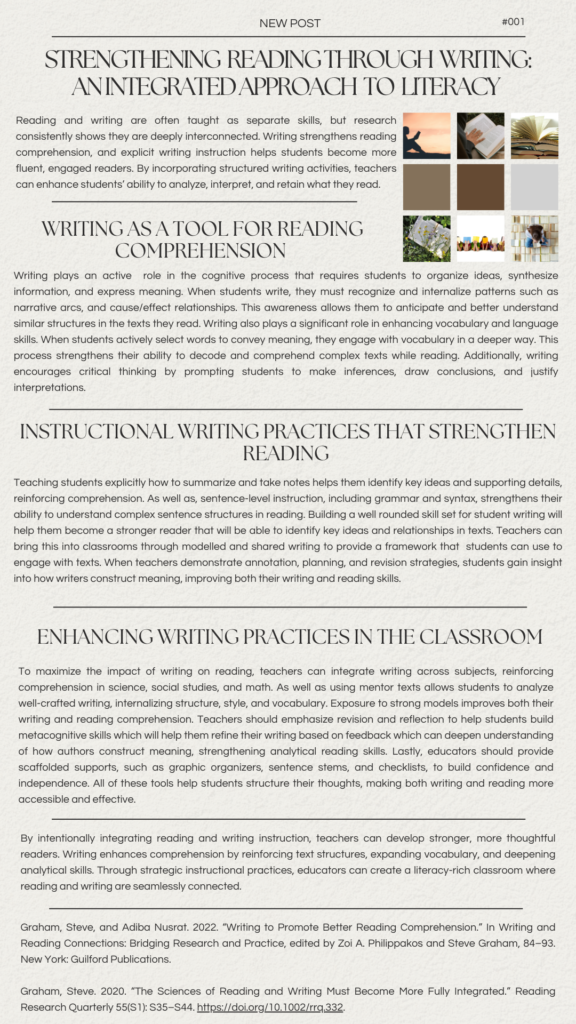
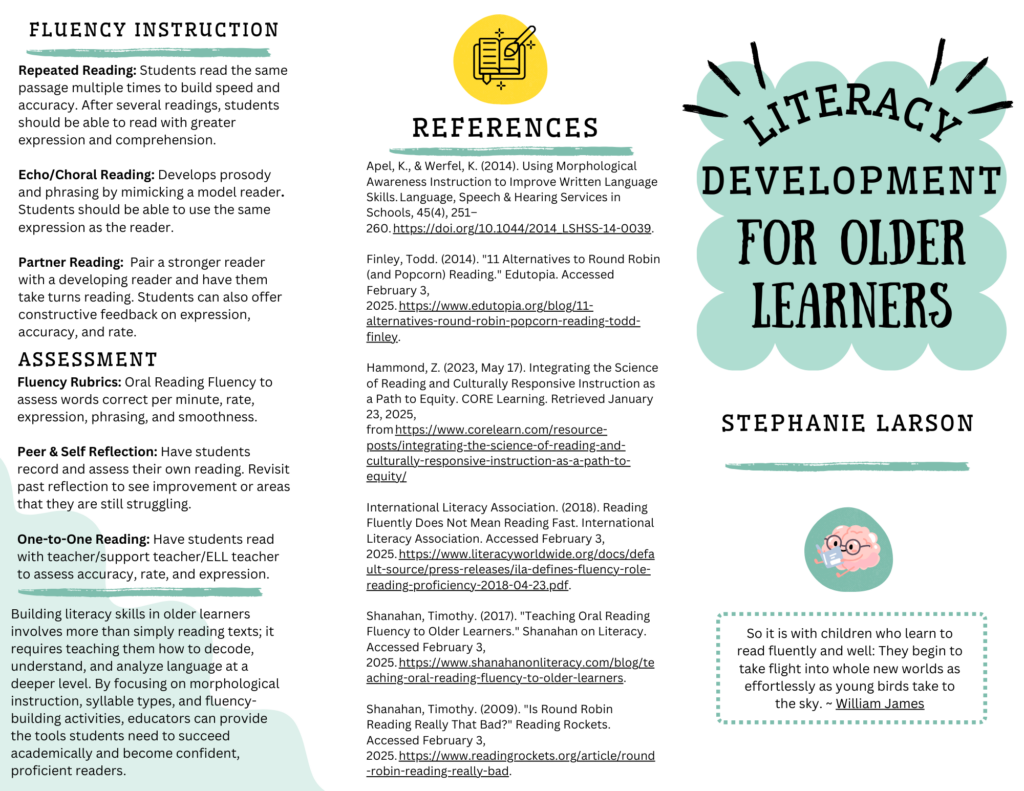
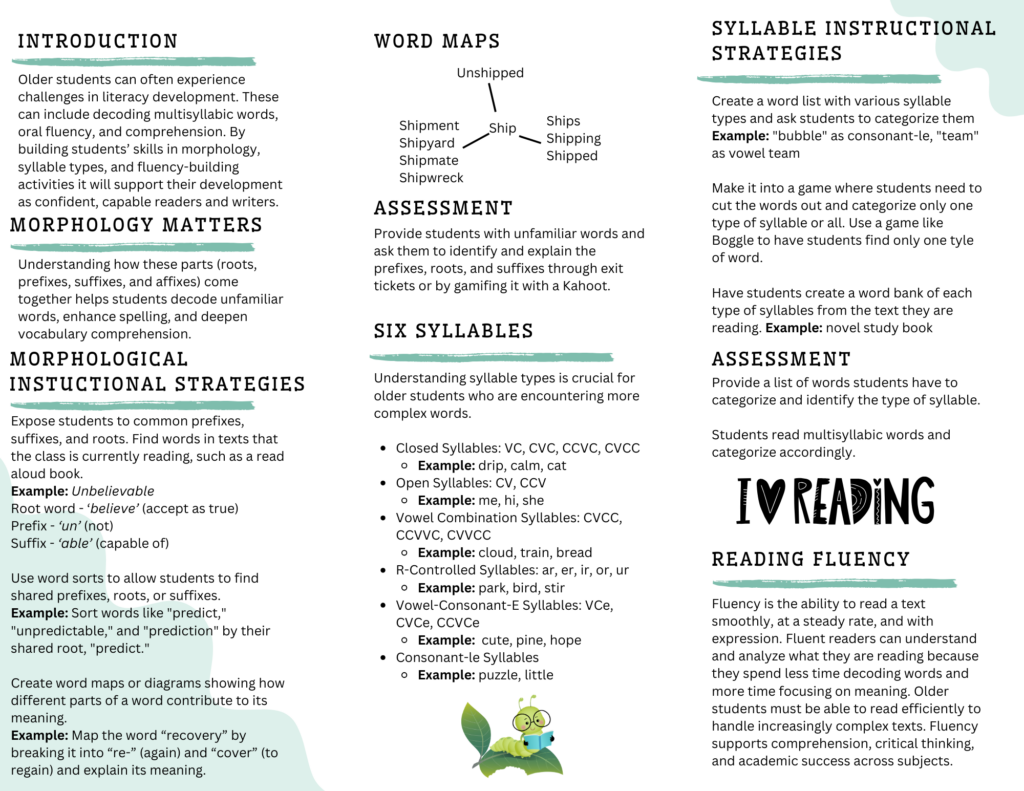
Key Terms
Socratic Seminars – A student-led discussion method where participants explore open-ended questions about a text, encouraging critical thinking, deep comprehension, and multiple perspectives.
Think-Alouds – A strategy where teachers verbalize their thought process while reading, modeling how to make inferences, ask questions, and monitor comprehension.
Reciprocal Teaching – A structured, student-led discussion approach where readers take turns using four key strategies: predicting, questioning, clarifying, and summarizing to deepen comprehension.
Frayer Model – A graphic organizer that helps students understand new vocabulary by defining a word, listing characteristics, providing examples, and identifying non-examples.
Accuracy – The ability to read words correctly without mispronunciations or substitutions.
Automaticity – The ability to read words quickly and effortlessly, without needing to decode each one.
Prosody – The expression, rhythm, and intonation used when reading aloud, which conveys meaning and enhances comprehension.
